Category: biotech/medical – Page 2,222
Cross-linking of the Extracellular Matrix — Dr. William Bains
The University of Cambridge’s Dr. William Bains provides a thorough overview of extracellular cross-links in this lecture. He explains that advanced glycation end-products (AGEs) can irreversibly link proteins together, and cross-linking AGEs appear to play an important role in aging. They are particularly problematic in the cardiovascular system, where cross-links cause our arteries to stiffen with age, raising blood pressure and making a patient more likely to suffer from a heart attack or stroke. Cross-links are also implicated in complications from diabetes. Dr. Bains explains the structure and nature of cross-links, where they accumulate in the body, and even what their surprising role is in cooking. He ends by discussing a major AGE-breaking drug that has been tested on humans and touches on potential future therapies.
Visit www.sens.org/videos to view the rest of our course lecture videos.
How Joe Tippens Beat Terminal Cancer with $7 Dog Medicine — Interviewed by James Templeton
Diagnosed with terminal lung cancer, Joe was told he had about 3 months to live. A veterinarian friend of his in western Oklahoma called him and told him about a cancer research experiment he had learned about in which a dog-deworming medicine had cured cancer in the experimental mice… and when the researcher developed cancer, she used the same medicine on herself and her glioblastoma was gone in about 12 weeks.
With nothing to lose and everything to gain, Joe ordered the veterinary product, Fenbendazole, and began taking it. He added a few other things to his regimen such as curcumin and Vitamin E, now known as the “Joe Tippens Protocol”. Three and a half months later, he went in for a scan and he was totally clear!
Joe’s Website: https://www.mycancerstory.rocks/
Joe’s Facebook (group is limited): https://www.facebook.com/groups/mycancerstoryrocks/
See more cancer Survivor Stories at: https://templetonwellness.com/survivor-stories/
Want to learn more about what else you can do to help your body beat cancer? Check out James Templeton’s book, ‘I Used to Have Cancer: How I Found My Own Way Back to Health,’ where he tells the twists and turns of his story of survival. Find out more at this link: https://iusedtohavecancer.com/
For more information and resources on the ins and outs of healthy living with or without cancer, go to the Templeton Foundation website: https://templetonwellness.com/
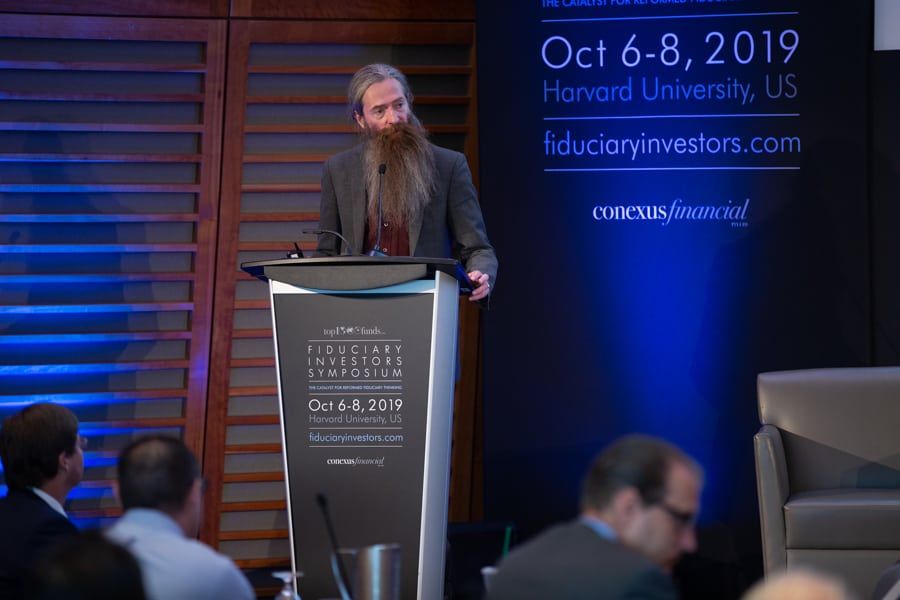
We are going to live longer; prepare now
Understanding the economic implications of changing demographics is essential for investors, said Aubrey de Grey, a biomedical gerontologist speaking at the Fiduciary Investors’ Symposium at Harvard University. De Grey, who is also the chief science officer of SENS Research Foundation, a California-based biomedical research charity, warned gathered delegates that they need to urgently position for people living much longer.
“The implications will change your outlook on the future. You need to understand and believe the actual logic of what is coming,” he said.
He noted that medical advancement has eliminated many of the problems that used to kill people when they were young. For example, better hygiene saves lives the world over. In contrast, health problems in later life are still killing many of us in an enduring ageing process. Simply defined, this sees our metabolism generate damage over the years that cause accumulative changes over time. We can only tolerate so much change; inevitably we go down hill until we die, he said. Today the majority of medical effort is concentrated on geriatric medicine and managing the consequences of this ageing process. Yet attacking the consequences of something that is accumulating is the wrong way to approach the problem.
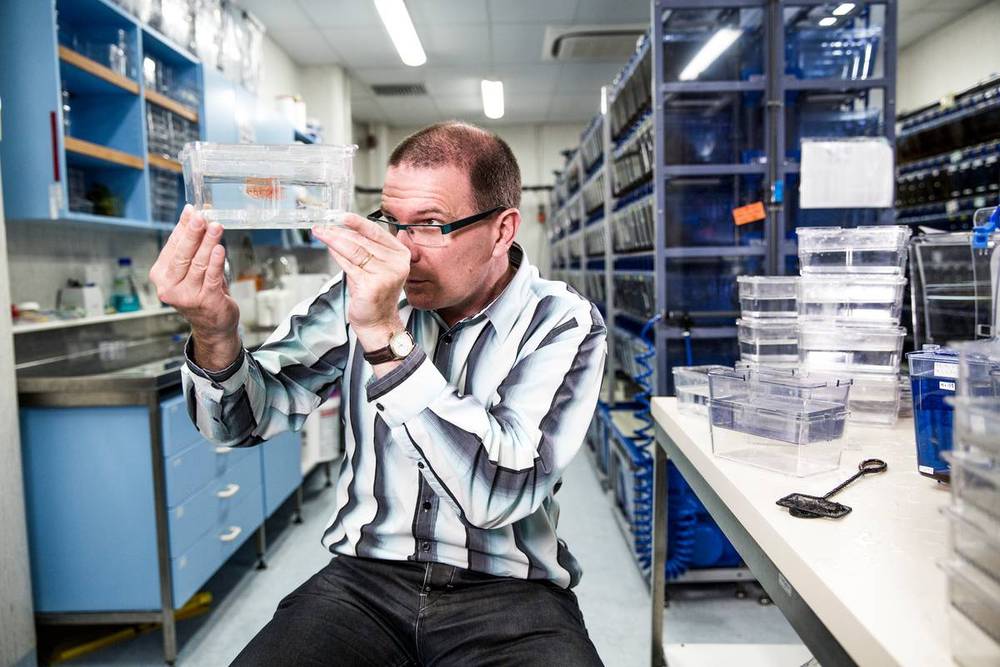
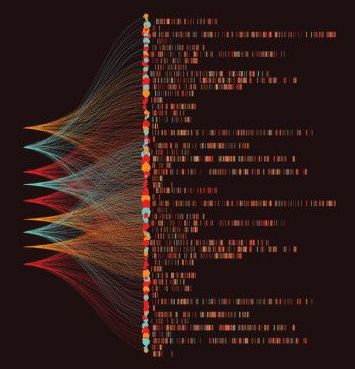

Red Wine Antioxidant Kills Cancer
Red wine has been known to be healthy for many reasons, but some recent studies show that antioxidants in red wine can actually kill cancer.
Not only is it helpful in preventing cancer, but it can also help to fight it once it has been detected.
Cancer is a life-threatening disease that can kill people of any age.
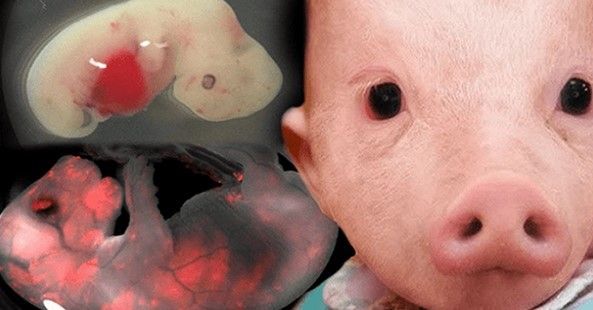
Scientists Get the Green Light to Create Human-Animal Hybrids in Japan
Human-animal hybrids are set to be developed at the University of Tokyo after the Japanese government recently lifted a ban on the controversial stem-cell research.
Hiromitsu Nakauchi—director for Stem Cell Biology and Regenerative Medicine at the University of Tokyo and team leader at Stanford’s Nakauchi Lab—is the first to receive approval for the questionable experiments which will attempt to grow human cells in rat and mouse embryos before being brought to term in a surrogate animal.
Despite many feeling that such studies are the equivalent of playing God, scientists say that the objective is far from sinister. It’s theorized that developing animals with organs constructed from human cells will create organs that can then be used for transplants in humans, cutting the long organ donation waitlists.
How to Live Forever with Dr. Aubrey de Grey
This episode will take you through Dr. Aubrey de Grey’s Seven Pillars of aging, the research that he’s currently doing, his opinion on biological age, AGEs and the different sources, and the impact of growth hormone on biological age.
Who is Dr. Aubrey de Grey?
Aubrey de Grey is an English author and biomedical gerontologist. He is the Chief Science Officer of the SENS Research Foundation and VP of New Technology Discovery at AgeX Therapeutics, Inc. He is the editor-in-chief of the academic journal Rejuvenation Research, author of The Mitochondrial Free Radical Theory of Aging and co-author of Ending Aging. He is known for his view that medical technology may enable human beings alive today not to die from age-related causes.
He is also an amateur mathematician who has contributed to the study of the Hadwiger–Nelson problem. His research focuses on whether regenerative medicine can prevent the aging process. He works on the development of what he calls “Strategies for Engineered Negligible Senescence” (SENS), a collection of proposed techniques to rejuvenate the human body and stop aging.
To this end, he has identified seven types of molecular and cellular damage caused by essential metabolic processes. SENS is a proposed panel of therapies designed to repair this damage. De Grey is an international adjunct professor of the Moscow Institute of Physics and Technology, a fellow of the Gerontological Society of America, the American Aging Association, and the Institute for Ethics and Emerging Technologies.
He has been interviewed in recent years in a number of news sources, including CBS 60 Minutes, the BBC, The New York Times, Fortune Magazine, The Washington Post, TED, Popular Science, The Colbert Report, Time, the Skeptics’ Guide to the Universe, and The Joe Rogan Experience. He is also a member of Flooved advisory board.
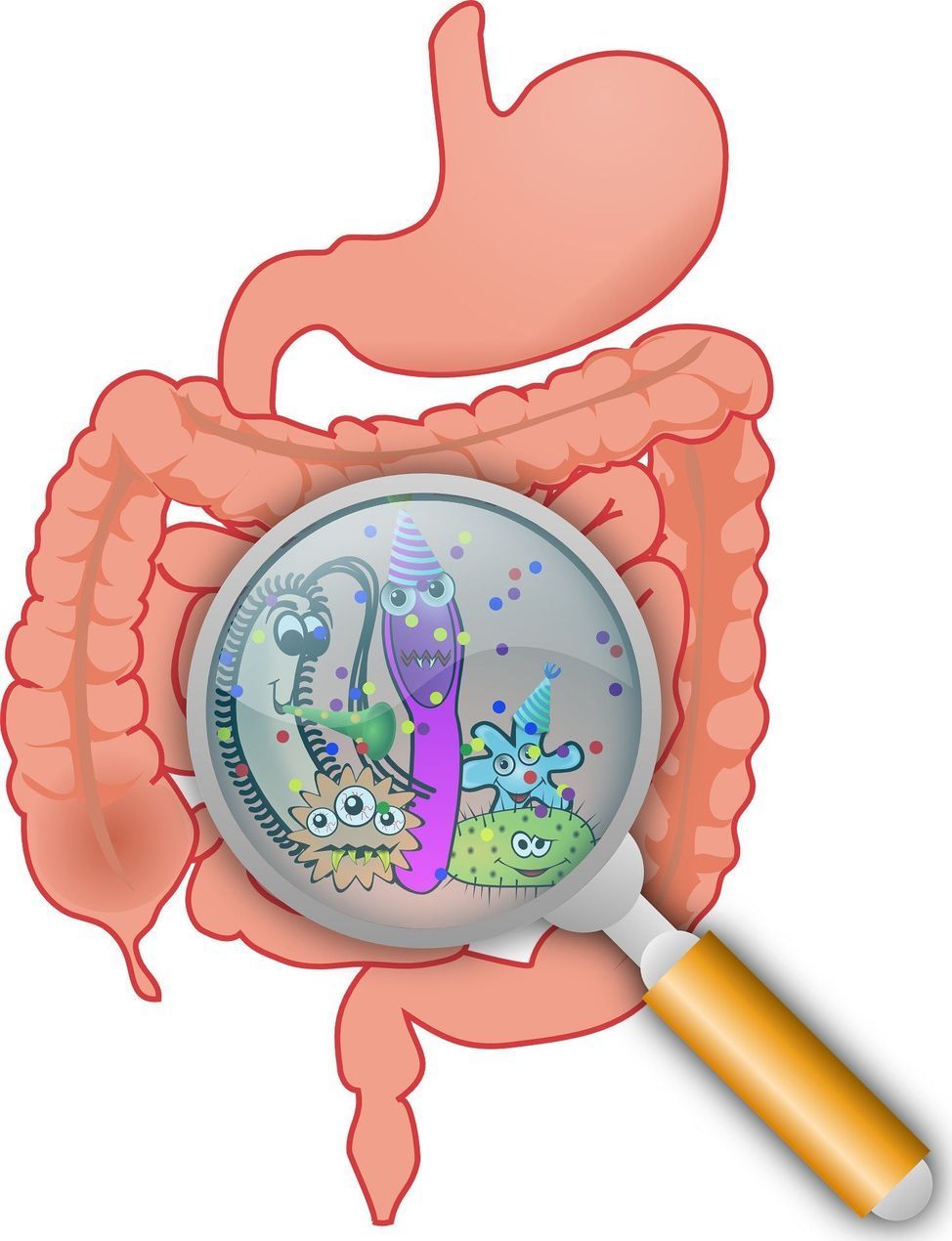
Gut microbiome fermentation determines of the efficacy of exercise for prediabetics
A team of researchers affiliated with multiple institutions in China has found that the makeup of the gut microbiome can be a determiner for the efficacy of exercise with prediabetics. In their paper published in the journal Cell Metabolism, the group describes their study of prediabetic volunteers and exercise and what they found.
In the medical community, type 2 diabetes is considered to be preventable in most people—all it takes is a change in diet and an increase in exercise. But things may not be as simple as that as the researchers with this new effort discovered—they found that exercise does not always lead to reductions in glucose metabolism.
The study by the team involved asking 29 male prediabetic volunteers to undergo glucose metabolism and gut microbe testing. Then the group was divided into two—20 volunteers were asked to undergo an exercise regimen for three months while the other 19 were asked to maintain their normal eating and exercise habits. At the end of the three-month period, all of the volunteers once again underwent glucose and gut microbe metabolic testing.